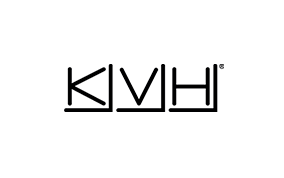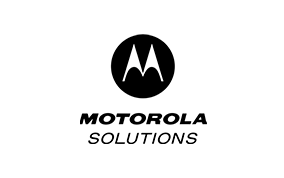
Communication
Through a number of the most renowned names in maritime communication, Belga Marine offers the best solutions for connectivity and communication in the industry.
Belga Marine provides standard communication solutions such as maritime and aeronautical VHF, MF/HF, Inmarsat-C, EPIRB, SART. Furthermore, Belga Marine can provide more advanced communication technologies such as VSAT, TVRO and etc. for more reliable communication and safer operation.
See more about our solutions here below.
GMDSS radio equipment
The GMDSS is mandatory for ships internationally by the International Maritime Organization (IMO) Safety of Life at Sea Convention (SOLAS). The number and types of equipment varies according to where the vessel is able to sail.
VHF, MF/HF, Inmarsat-c, EPIRB and SART are required on board vessels to keep ship to ship and ship to shore communication.
SSAS
The Ship Security Alert System (SSAS) is a safety measure for strengthening ship’s security and subduing acts of piracy and/or terrorism against shipping. Widely Acknowledged as a part of the International Ship and Port Facility Security Code (ISPS code), the Ship Security Alert System (SSAS) complements the International Maritime Organization (IMO)’s attempts to increase maritime vessel security.
AIS
The automatic identification system (AIS) is an automatic tracking system that uses transceivers on ships and is used by vessel traffic services (VTS). AIS information supplements marine radar, which continues to be the primary method of collision avoidance for water transport.
Information provided by AIS equipment, such as unique identification, position, course, and speed, can be displayed on a screen or an electronic chart display and information system (ECDIS). AIS is intended to assist a vessel’s watchstanding officers and allow maritime authorities to track and monitor vessel movements. AIS integrates a standardized VHF transceiver with a positioning system such as a Global Positioning System receiver, with other electronic navigation sensors, such as a gyrocompass or rate of turn indicator. Vessels fitted with AIS transceivers can be tracked by AIS base stations located along coast lines or, when out of range of terrestrial networks, through a growing number of satellites that are fitted with special AIS receivers which are capable of deconflicting a large number of signatures.
VSAT and TVRO
Maritime VSAT is the use of satellite communication through a Very-Small-Aperture Terminal (VSAT) on a moving ship at sea. Since a ship at sea moves with the water, the antenna needs to be stabilized with reference to the horizon and True north, so that the antenna is constantly pointing at the satellite it uses to transmit and receive signals. VSAT Systems receive broadband internet at sea.
TVRO (Television Receive Only) systems receive signals from satellites whose orbit exactly matches the speed at which the Earth spins. This means that the satellite dish does not have to move in order to keep up with the satellite. This is especially useful at sea, when conditions can be rough. AMI Vietnam provide TVRO systems with 3-axis stabilization – ensuring crystal clear reception even in poor weather.





